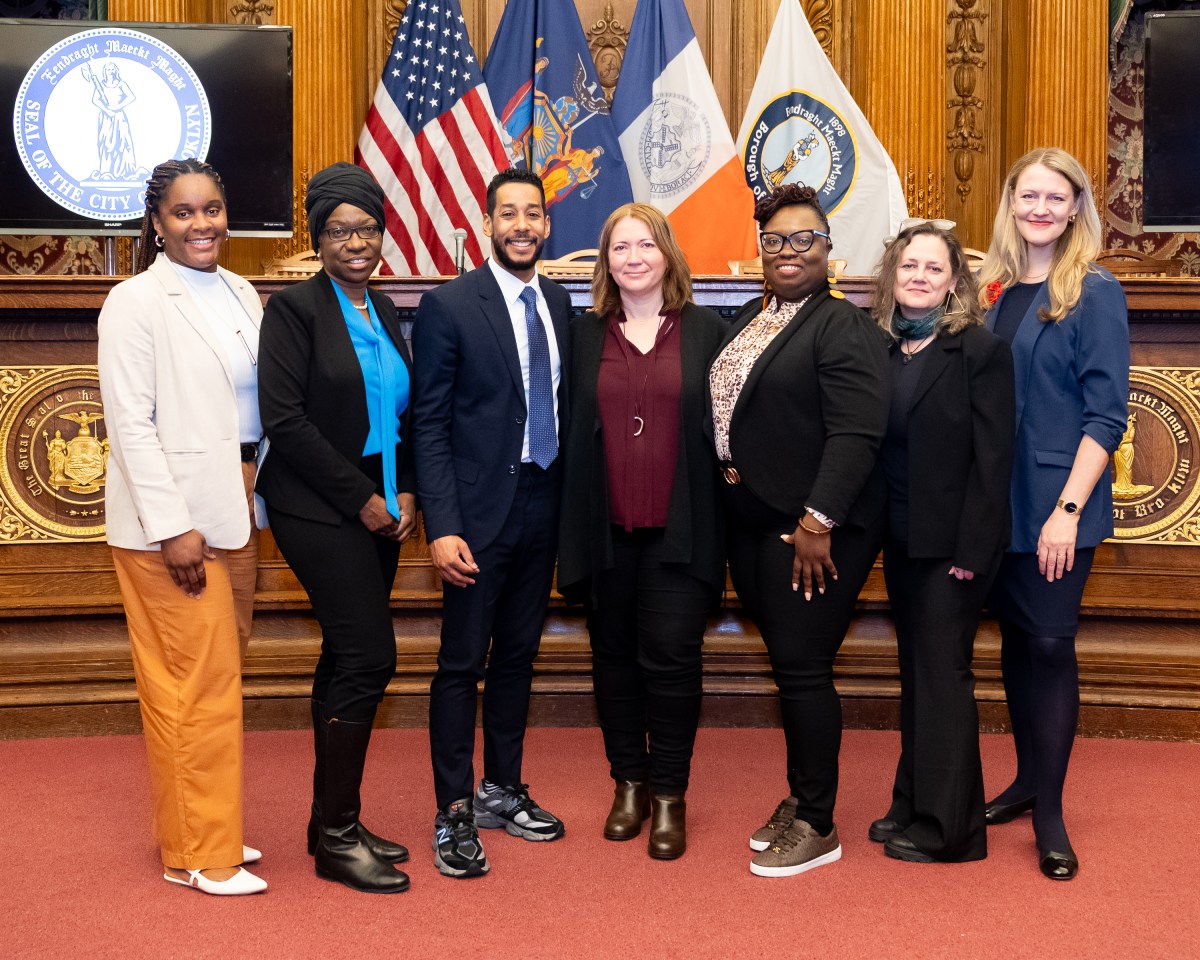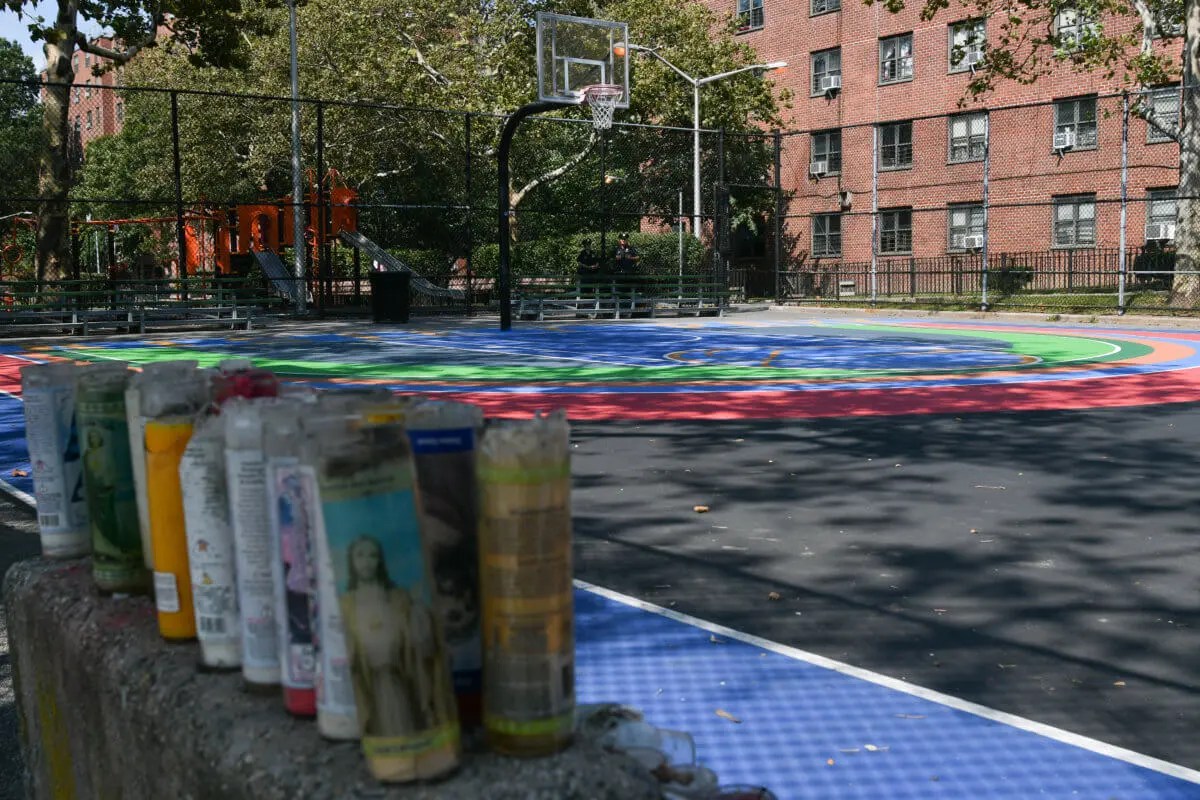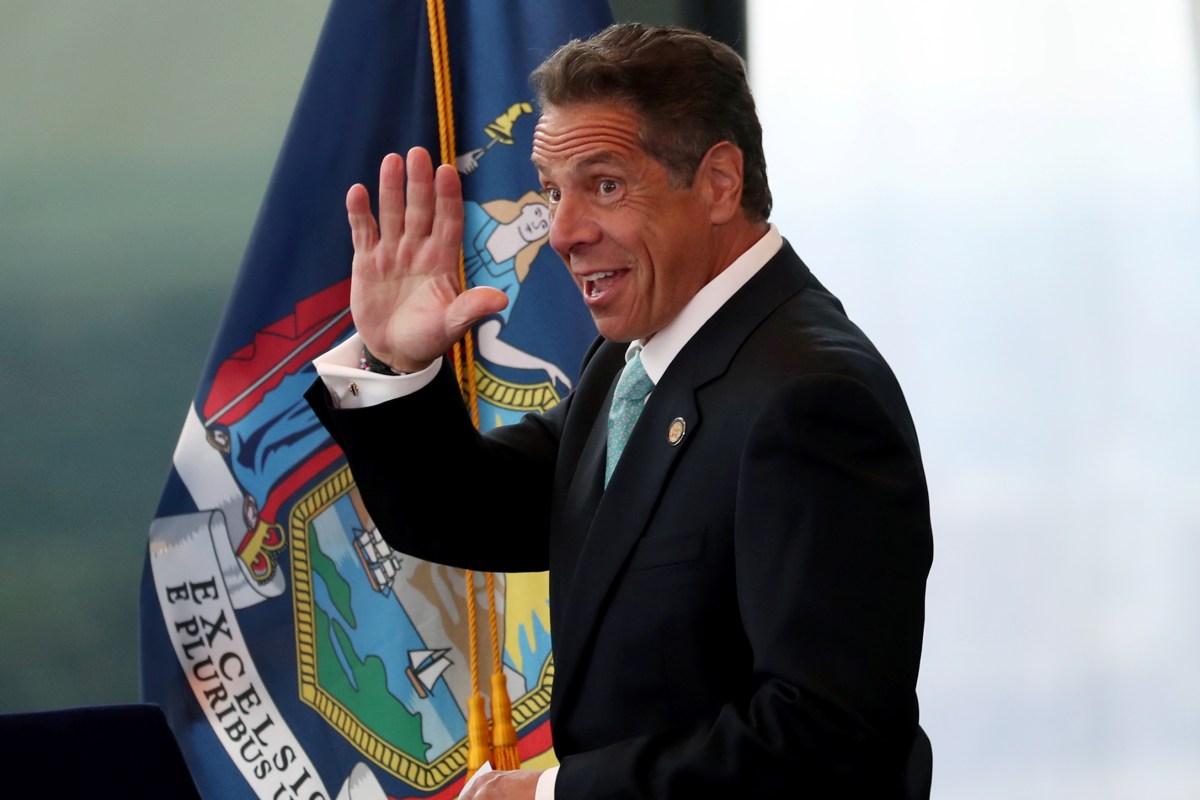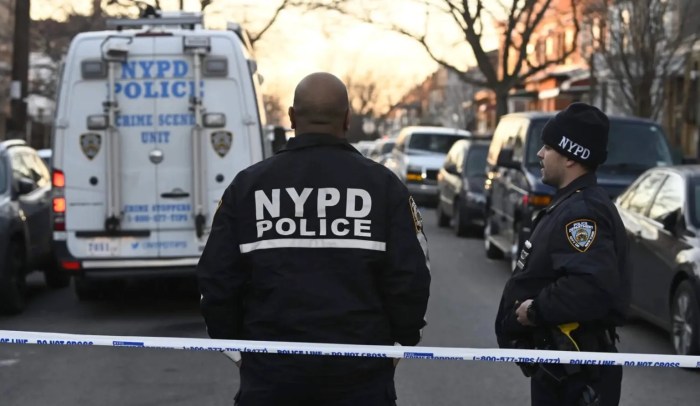
Attracting Amazon’s headquarters to Long Island City stands as the prime economic development deal in state history, according to Gov. Andrew Cuomo.
The tech behemoth announced Tuesday that it would invest about $2.5 billion in a new, 4 million-square-foot office outpost in the Queens neighborhood, where it would employ at least 25,000 full-time staff within a decade. The company would receive at least $2.8 billion in public benefits if it hits this expansion target, according to the state.
Cuomo’s administration and city officials have inked a deal with Amazon that would allow the company to receive another $1.8 billion in state support, provided Amazon builds out the campus further and employs at least 40,000 at the site.
Assuming Cuomo’s vision pans out, the state would collect an additional $14 billion in tax revenue — the city some $13.5 billion — over the next 25 years, according to estimates provided by the state’s economic development arm, Empire State Development. Cuomo said this amounted to the government recouping nine times the amount it agreed to provide in assistance for the campus, which will be located west of Vernon Boulevard between 44th Road and 46th Avenue, according to government documents.
“This is the largest economic development initiative that has ever been done by the city or the state or the city and the state together,” Cuomo said. “Economic development is the engine that pulls the train.”
Mayor Bill de Blasio joined Cuomo and other business executives across the city in applauding a deal expected to solidify the city’s prominence in the tech sector and enrich the local economy. Meanwhile, Queens leaders said they are planning a rally Wednesday to oppose the deal, arguing the community has been edged out of the negotiations for a campus that threatens to tax its transit, park, sewage and other infrastructure, and that the government should not extend benefits to such a successful company.
“It’s a great day for New York City, and it’s an extraordinary day for Queens,” said de Blasio. “We have a five-borough economy now.”
The de Blasio administration submitted a proposal to Amazon last October that included four potential locations for its campus. At the time, Amazon said it was planning to spend $5 billion on a second headquarters in North America, where it would base up to 50,000 employees.
Amazon leaders said the company opted to divide its HQ2 between Long Island City and Crystal City, Virginia, because that would make it easier to attract top-tier talent, who will earn an average of more than $150,000 annually in the city.
“Amazon is thrilled about this partnership, and I am thrilled about this partnership and what it means for us and the people of New York,” said John Schoettler, the vice president of Amazon’s global real estate team.
After acquiring private property, Amazon will temporarily cede it to Empire State Development, which will also oversee public sites within the campus, according to an Empire State Development official.
Empire State will collect rent on the public sites, which is slated to start at $850,000 annually, and transfer it to the city, according to a memorandum of understanding signed by Amazon, state and city officials.
Amazon will likely receive as-of-right tax benefits on the portion of its campus built on private property, which will otherwise abide by the traditional property tax system, according to an Empire State official.
On the public portion of the campus, Amazon will get a 15-year tax perk and then make payments in lieu of property taxes for another 35 years, according to Empire State. Half of these payments will be directed to an infrastructure fund, which the city Economic Development Corporation will use to finance street, transit, education, park and other upgrades in the Long Island City area. The other half of the payments will be directed to the city’s general fund, according to Empire State.
The city’s Economic Development Corporation did not immediately respond to questions about more immediate infrastructure plans or whether the state-run subway system will benefit from the infrastructure fund. The city recently laid out a plan to invest $180 million in the area.
The government has agreed to help Amazon open a helipad in or near the campus, which will be restricted to 120 landings a year, according to the memorandum.
Beyond tax perks, Amazon has agreed to create a public waterfront esplanade and green space as well as accommodate a primary or intermediary school, workforce training initiatives as well as light manufacturing, artist and tech accelerator workspace in or near the campus, according to the agreement.
Amazon must now shepherd its project through the state environmental review process and engage the community before finalizing plans for the neighborhood, officials said.
Amazon’s arrival was heralded by business leaders across the city, with the Empire State Building, One World Trade Center and billboards planning to illuminate with orange lights on Tuesday in honor of the announcement. Although 25,000 jobs is not game changing in a city with about 4 million, Amazon’s headquarters will draw in tech companies seeking to hire from the same pool and the workers’ spending will bolster businesses in other industries, experts said.
“There is an agglomeration effect when everyone in the same cluster moves close together,” said Jason Horwitz, director of public policy and economic analysis at Anderson Economic Group.
Amazon has agreed to contribute $5 million toward a $15 million job training initiative. The company will also participate in semiannual job fairs, resume workshops and other professional development activities at the nearby Queensbridge Houses for at least three years, starting in 2020, according to the memorandum. The city must remain focused on ensuring local residents can transition from training programs to Amazon openings, according to Jonathan Bowles, head of the Center for an Urban Future think tank focused on economic mobility.
“This is the future of middle-class jobs,” Bowles said. “The tech sector is adding tens of thousands of jobs a year, and this is where we have the potential to have middle-class jobs that are accessible to a broad number of New Yorkers, and right now, not enough of them are accessible.”
Not everyone in Long Island City was ready to welcome the headquarters. And Jeffrey Shulman, a University of Washington professor who has studied Amazon’s impact on Seattle, has warned Queens to be ready for a dizzying, redevelopment spree.
“New York is already expensive, but I’m sure there are some neighborhoods that have more of a downscale feel, and you’d start to see those start to go upscale,” Shulman said. “First, in the epicenter of where Amazon goes, housing and office space will become dramatically more expensive. Those people who could have afforded it will then have to move out, and then the next ring will get more expensive and upscale, and so it keeps going out in waves.”
Some Queens lawmakers said they were edged out of the decision-making process.
State Sen. Michael Gianaris and City Councilman Jimmy Van Bramer are planning to rally against the project Wednesday with union members and community groups.
“The way it should have occurred, if Amazon wanted to come here, they should have been telling us how (much) of their $800 billion of net worth they’re going to invest to help the community create the infrastructure . . . and affordable housing it needs,” Gianaris said. “Instead, the conversation has been completely backwards. We’re tripping over ourselves to find more money to give them when they’re the last people on earth who need it.”
Correction: A previous version of this story did not properly identify the agglomeration effect.
With Lisa L. Colangelo





























